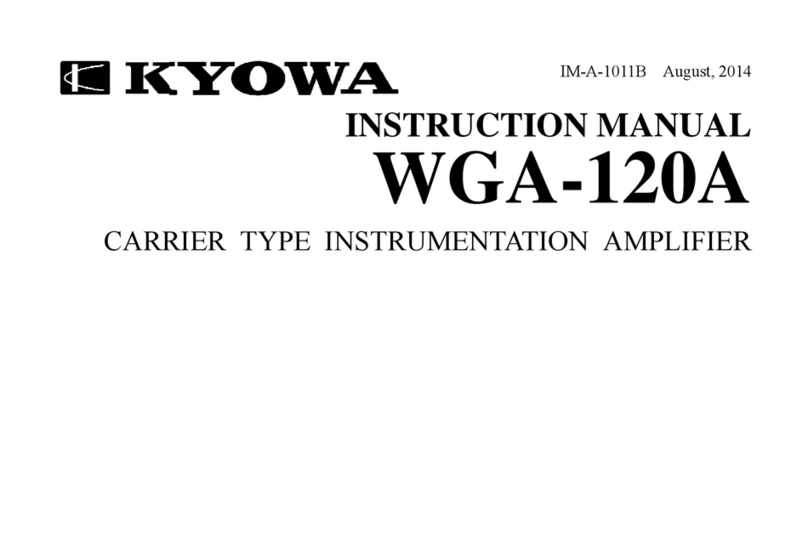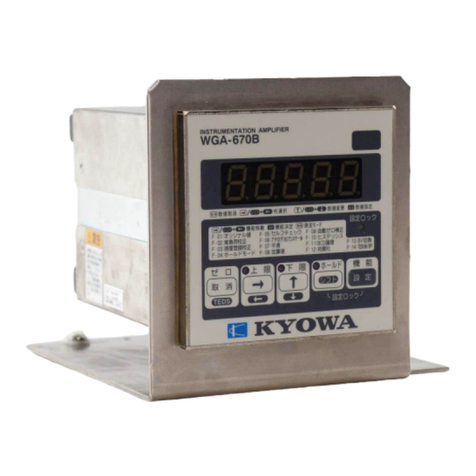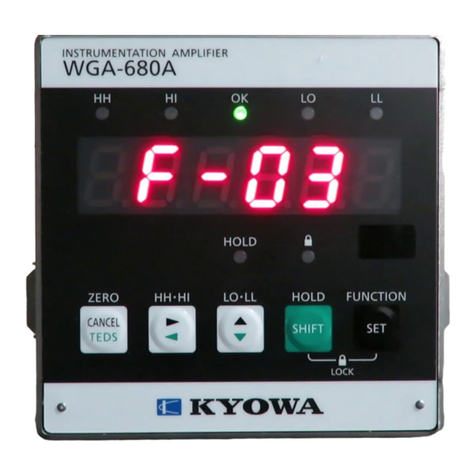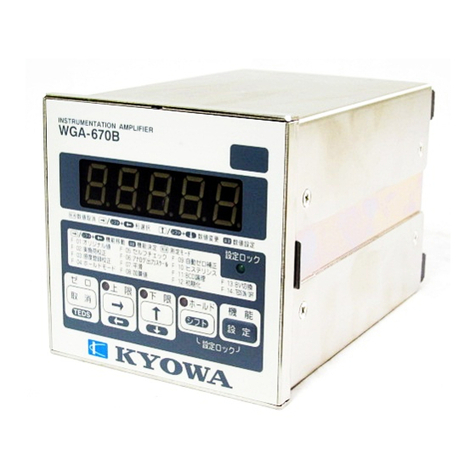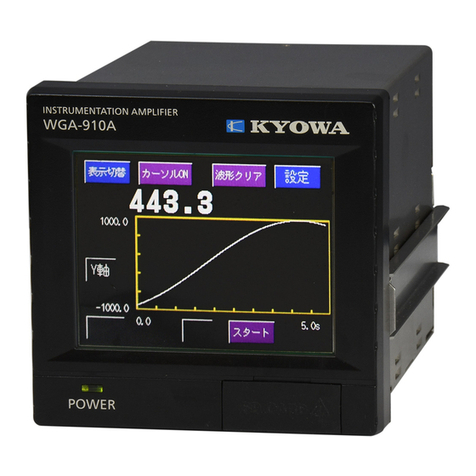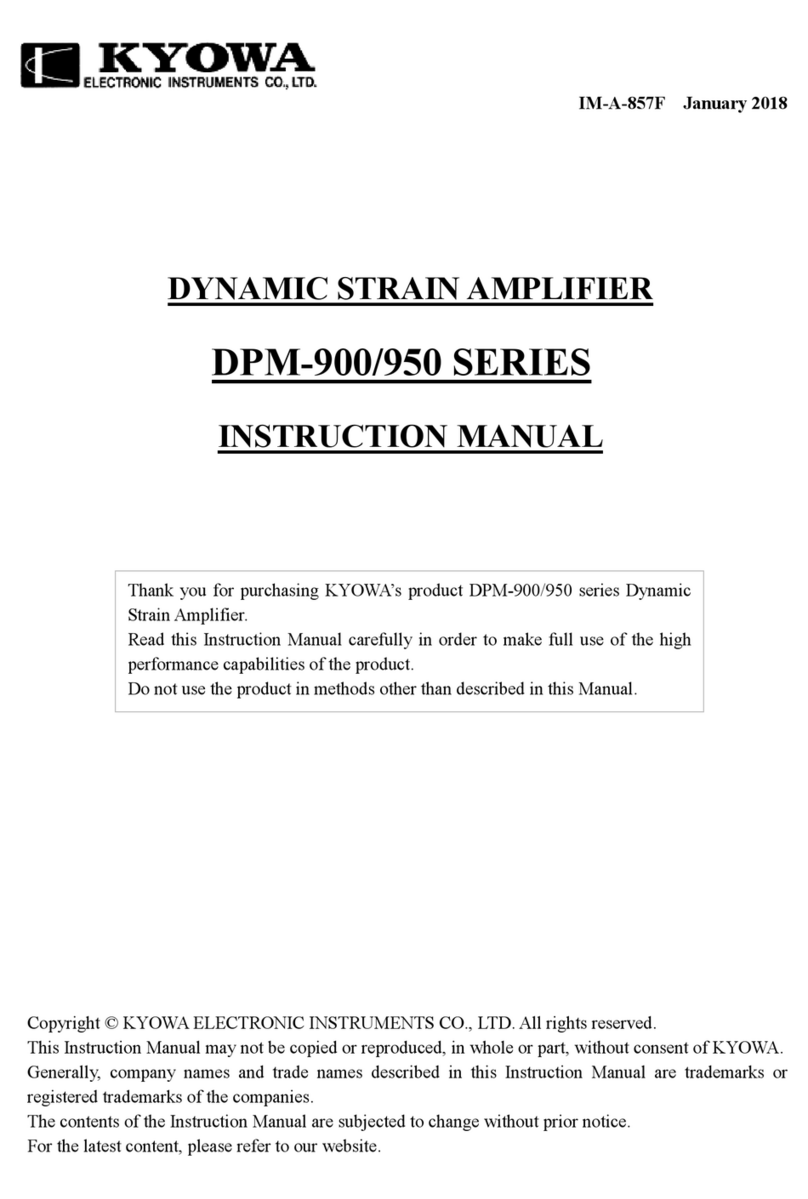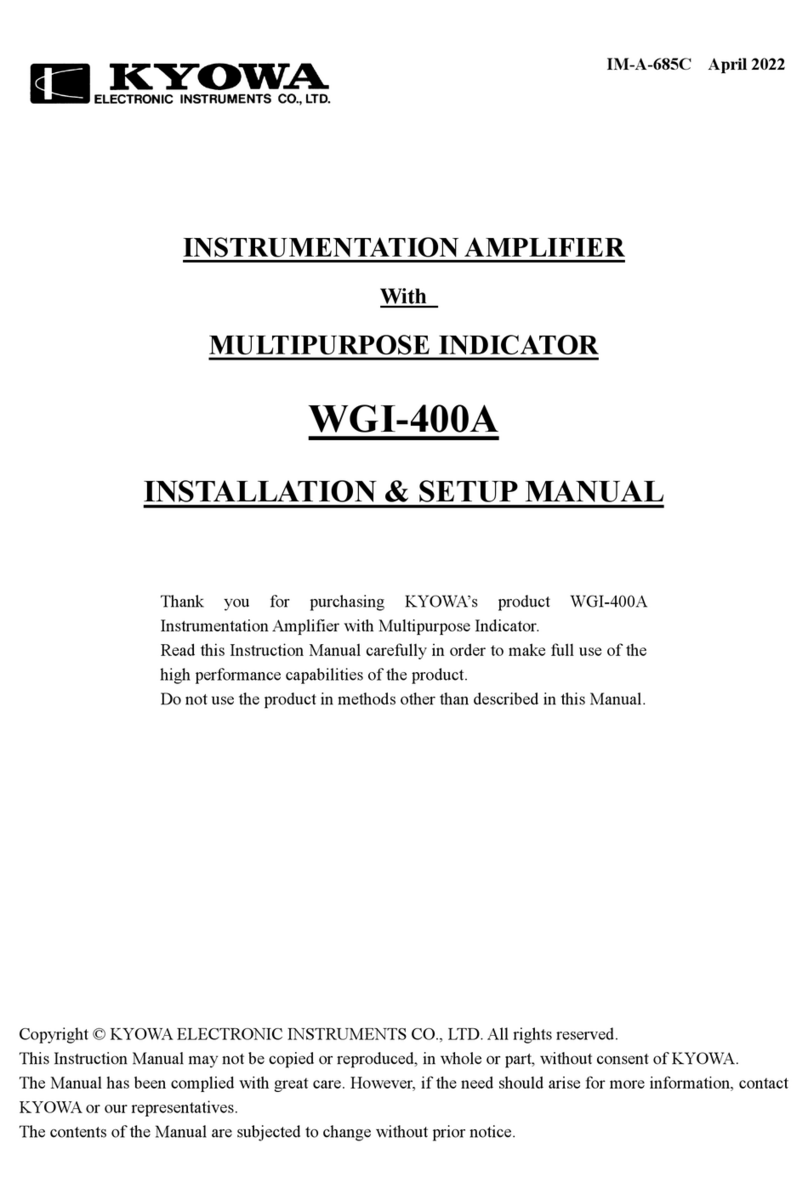
CONTENTS
SAFETY PRECAUTIONS ......................................................................................................................................1
PRIOR TO USE .................................................................................................................................................................................1
SAFETY SYMBOLS .........................................................................................................................................................................1
PRINCIPAL FUNCTIONS......................................................................................................................................4
STANDARD ACCESSORIES .................................................................................................................................4
TYPES .......................................................................................................................................................................5
1. PARTS NAMES AND FUNCTIONS ..................................................................................................................6
1-1 FRONT PANEL...........................................................................................................................................................................6
1-2 REAR PANEL..............................................................................................................................................................................7
2. CONNECTION.....................................................................................................................................................8
2-1 INSTALLING TO THE PANEL ................................................................................................................................................8
2-2 WIRING.......................................................................................................................................................................................9
2-2-1 Terminal Board ..................................................................................................................................................................9
2-2-2 Connecting Power Supply .................................................................................................................................................9
2-2-3 Connecting Transducers ....................................................................................................................................................9
2-2-4 Connecting Control Input Terminal ...............................................................................................................................10
2-2-5 Connecting Control Output Terminal ............................................................................................................................10
2-2-6 Connecting Analog Output Terminal .............................................................................................................................10
2-2-7 Connecting BCD Output .................................................................................................................................................10
2-2-8 Connecting RS Output.....................................................................................................................................................10
3. OPERATION AND FUNCTION.......................................................................................................................11
3-1 SETTING LOCK STATE .........................................................................................................................................................11
3-2 SELECTING BRIDGE EXCITATION VOLTAGE ...............................................................................................................11
3-3 DIGITAL ZERO FUNCTION..................................................................................................................................................12
3-4 CALIBRATION FUNCTION ..................................................................................................................................................13
3-4-1 Actual Load Calibration ..................................................................................................................................................13
3-4-2 Sensitivity Registering Calibration Function.................................................................................................................14
3-4-3 Numeric Value Registering Calibration .........................................................................................................................15
3-5 COMPARATOR FUNCTION ..................................................................................................................................................16
3-5-1 High/Low Limit Comparator Function..........................................................................................................................16
3-6 PATTERN FUNCTION ............................................................................................................................................................17
3-7 LEVEL TEST FUNCTION ......................................................................................................................................................17
3-8 TEDS FUNCTION ....................................................................................................................................................................18
3-9 FUNCTION SELECTING MODE (FUNCTION MODE) ....................................................................................................19
3-9-1 Selecting Function ............................................................................................................................................................19
3-9-2 Key Operation in Setting Mode ......................................................................................................................................19
3-9-3 List of Functions...............................................................................................................................................................20
3-10 ERROR CODE TABLE..........................................................................................................................................................25
4. OPERATION TIMING......................................................................................................................................26
4-1 CONTROL INPUT (ZERO, LEVEL TEST, PATTERN SELECT 1, & PATTERN SELECT 2 COMMANDS)..............26
4-2 HIGH/LOW COMPARATOR OUTPUT ................................................................................................................................26
4-3 DELAY TIME BETWEEN INPUT AND OUTPUT SIGNALS.............................................................................................27
5. SPECIFICATIONS ............................................................................................................................................28
5-1 SPECIFICATIONS ...................................................................................................................................................................28
5-3 OUTSIDE DRAWING ..............................................................................................................................................................30
